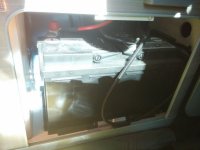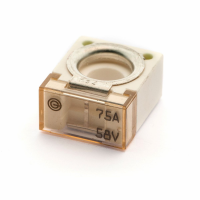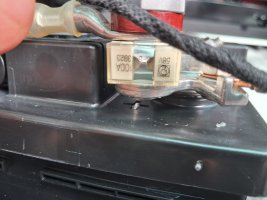WelshGas
Retired after 42 yrs and enjoying Life.
Super Poster
Lifetime VIP Member
Remember, when you disconnect the Red + lead to remove the fuse, the Red + lead is still connected to the + tve of the Leisure Battery under the Front L Passenger Seat so be careful.Ok I found this fuse! Now, in order not to do anything wrong...
- Do I just uncouple the negative of this battery, than the positive and take this fuse out? As the battery's are coupled, is this safe?
- Would I recognise if the fuse is blown?
- As right now we are camping in Slovenia, do you think I would find a replacement?
Sorry if these are dumb questions. I just want to be sure not to damage anything...
Thank you!
Bart
If the fuse is blown it will be obvious. As far as how commonly available, a VW or Motorhome Dealer might stock them.
Do you have Breakdown Insurance. They might be able to source one.


















